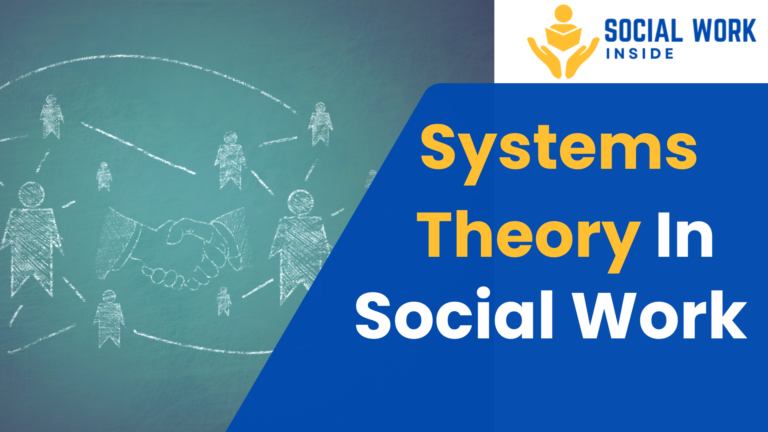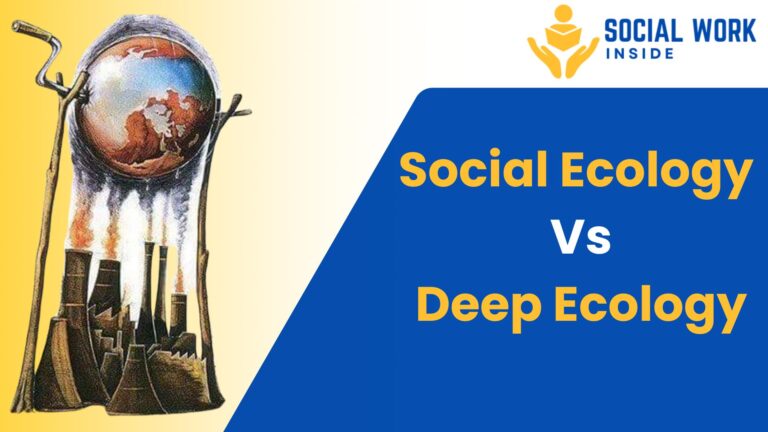Micro, Mezzo and Macro Social Work: What’s the Difference Between 3 Levels of Practice

Social work is a dynamic and multifaceted profession dedicated to improving the well-being of individuals, families, and communities. At its core, social work operates across three distinct but interconnected levels: micro, mezzo, and macro. Each level addresses different aspects of human life and social systems, offering unique approaches to solving problems and creating change. Whether you’re a student exploring the field, a practicing social worker, or simply curious about how social work functions, understanding these levels is essential. In this blog, we’ll dive into what micro, mezzo, and macro social work entail, provide examples of each, and explore why they are all vital to the profession.
The Three Levels of Social Work: An Overview
Social work is often described as a profession that works at the intersection of people and their environments. To effectively address the diverse needs of clients, social workers operate at three levels: micro, mezzo, and macro. These levels are not isolated; rather, they overlap and influence one another. For instance, a social worker might support an individual (micro) while also advocating for policy changes (macro) that address systemic issues affecting that individual. Let’s break down each level and explore how they contribute to the broader field of social work.
Average MSW Salary in 2025 – What You Should Expect
Micro Social Work: Supporting Individuals
What is Micro Social Work?
Micro social work is the most familiar and intimate level of practice. It involves working directly with individuals, families, or small groups to address personal challenges, improve mental health, and enhance overall well-being. Micro-level social workers often serve as counselors, therapists, or case managers, providing one-on-one support to help clients navigate difficult situations.
Examples of Micro Social Work
- A clinical social worker providing therapy to a teenager struggling with anxiety.
- A case manager helping a single parent access housing and childcare resources.
- A school social worker supporting a child with behavioral issues to improve their academic performance.
Why is Micro Social Work Important?
Micro social work is important because it helps people solve problems in their daily lives. It’s like giving someone the tools they need to build a better future.
Mezzo Social Work: Bridging the Gap
What is Mezzo Social Work?
Mezzo social work operates at an intermediate level, focusing on groups, organizations, and communities rather than individuals. It serves as a bridge between micro and macro practice, addressing issues that affect smaller systems within society. Mezzo-level social workers often work in schools, nonprofits, or community organizations, facilitating group therapy, organizing community programs, or advocating for organizational change.
Mezzo level social work examples
- A social worker leading a support group for survivors of domestic violence.
- A community organizer developing a program to reduce substance abuse in a neighborhood.
- A school social worker collaborating with teachers and parents to create a bullying prevention initiative.
Importance of Mezzo Social Work
Mezzo social work is essential because it addresses the needs of groups and communities, which are often overlooked in individual-focused or policy-level work. By fostering collaboration and collective action, mezzo-level social workers create supportive environments that benefit everyone involved. This level of practice also helps identify patterns and trends that can inform larger systemic changes.
Check Which one is Best: MSW Clinical or Non-Clinical? Find Your Best Career Fit
Macro Social Work: Creating Systemic Change
What is Macro Social Work
Macro social work is the broadest level of practice, focusing on large-scale systems, policies, and societal structures. Social workers at this level aim to create systemic change by addressing root causes of social issues such as poverty, inequality, and discrimination. Macro-level social workers often work in advocacy, policy development, or community organizing, striving to influence laws, regulations, and public perceptions.
Examples of Macro Social Work
- A policy advocate lobbying for affordable housing legislation.
- A community organizer leading a campaign to improve access to healthcare in underserved areas.
- A researcher analyzing data to identify trends in homelessness and inform policy recommendations.
Importance of Macro Social Work
Macro social work is vital because it addresses the structural barriers that perpetuate social problems. By advocating for policy changes and systemic reforms, macro-level social workers create opportunities for large-scale impact. This level of practice ensures that the voices of marginalized communities are heard and that solutions are sustainable and equitable.
Also Check It: Important Theories and Practice Models Used in Social Work
Comparing Micro, Mezzo, and Macro Social Work
While each level of social work has its unique focus, they are deeply interconnected. Micro social work addresses individual needs, mezzo social work strengthens communities, and macro social work transforms systems. Together, these levels form a comprehensive approach to social work that addresses both immediate and long-term challenges.
For example, consider the issue of homelessness. A micro-level social worker might help a homeless individual find shelter and employment. A mezzo-level social worker could organize a community program to provide resources for homeless families. Meanwhile, a macro-level social worker might advocate for policies that increase funding for affordable housing. Each level plays a critical role in addressing the issue from different angles, demonstrating the power of an integrated approach.
Here’s a quick way to remember the differences:
- Micro = Me (helping one person).
- Mezzo = We (helping groups).
- Macro = All (helping everyone).
Micro vs. Mezzo vs. Macro Social Work
Let’s compare the three levels to see how they’re different but still connected.
Macro vs. Micro Social Work
- Macro focuses on big systems, like laws.
- Micro focuses on individuals, like helping one person at a time.
Macro vs. Mezzo Social Work
- Macro changes big systems.
- Mezzo helps groups and communities.
Micro vs. Mezzo Social Work
- Micro helps individuals.
- Mezzo helps groups.
Generalist Level Social Work
Some social workers are generalists, which means they use all three levels to help people. They might start with micro, move to mezzo, and then work on macro changes.
Other Kinds of Social Work to Consider
There are many types of social work, like helping kids in schools, working with older adults, or supporting people with disabilities. No matter what kind of social work you do, you’ll probably use micro, mezzo, and macro levels at some point.
Conclusion
Social work is like a tree with deep roots, a strong trunk, and wide branches. Micro, mezzo, and macro social work all work together to help individuals, groups, and communities. Whether you’re helping one person, a team, or the whole world, social work is about making life better for everyone.
So, the next time you see a social worker, remember: they’re like puzzle masters, tree builders, and superheroes all rolled into one! And who knows? Maybe one day, you’ll be a social worker too, helping people at every level.







3 Comments